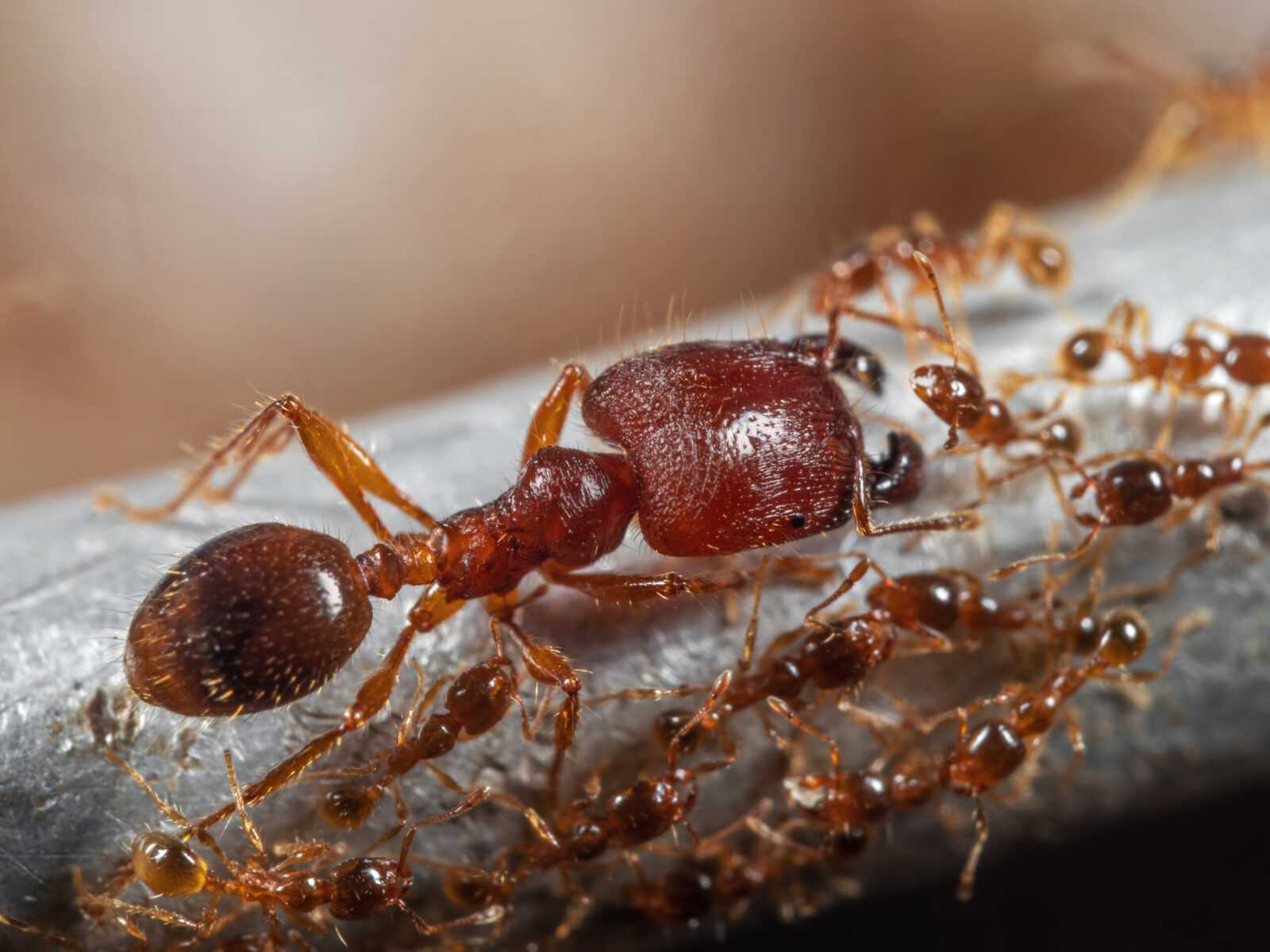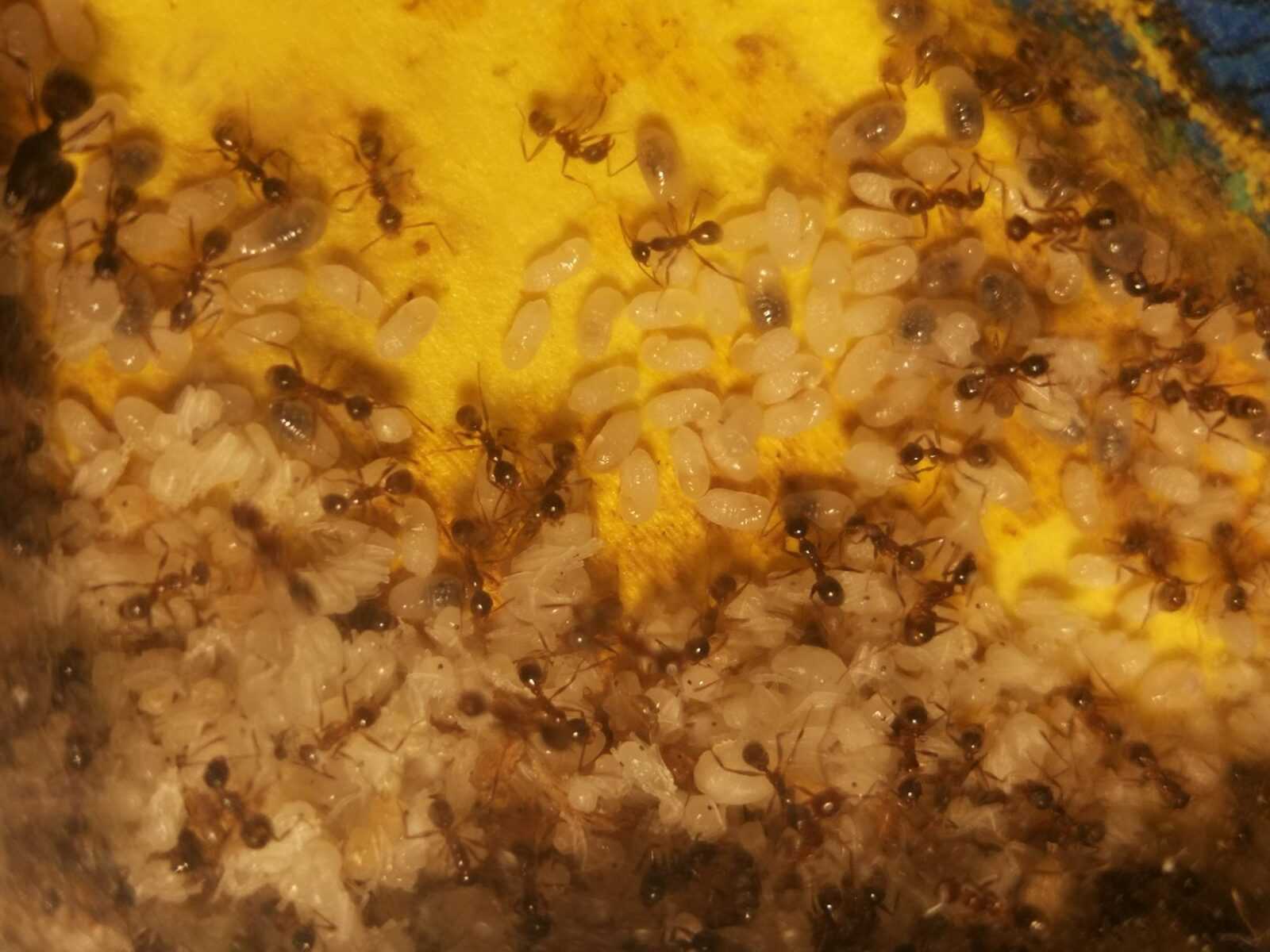Pheidole yeensis – The Beautiful and Aggressive Army Ant
Are you looking for a fascinating and visually stunning ant species to add to your collection? Look no further than Pheidole yeensis. These ants are known for their aggressive nature, rapid reproduction, and stunning polymorphism. In this detailed product description, we will explore the various features and benefits of owning Pheidole yeensis, including their colony type, size, development speed, nutrition, humidity, temperature preferences, and recommended nests.
Colony Type: Polygynous Species
Pheidole yeensis is a polygynous species, meaning they have multiple queens within their colony. This unique colony structure allows for increased productivity and efficient division of labor among the workers.
Colony Size: Up to 20,000 Workers
With a potential colony size of up to 20,000 workers, Pheidole yeensis colonies are impressive in both size and population. This large number of workers ensures that tasks such as foraging and brood care are efficiently managed.
Development Speed: Rapid Growth
One of the most appealing aspects of Pheidole yeensis is their fast development speed. From egg to worker, these ants progress at a rapid pace, allowing you to witness their growth and behavior in a relatively short period of time.
Size: Queens (7-9 mm), Workers (3-4.5 mm), Majors (4-7.5 mm)
Pheidole yeensis ants come in various sizes within the colony. The queens measure 7-9 mm, workers measure 3-4.5 mm, and majors measure 4-7.5 mm. These size differences contribute to the beautiful polymorphism exhibited by Pheidole yeensis.
Colour: Striking Chestnut Coloration
Their coloration ranges from chestnut to varying intensities, creating a visually striking appearance within the ant colony. Whether you observe their behavior within the nest or in their foraging trails, the chestnut coloration will surely catch your eye.
Nutrition: Well-Balanced Diet
When it comes to feeding Pheidole yeensis, a well-balanced diet is essential. These ants thrive on a combination of insect food such as cockroaches and crickets, syrup made of water and honey at various ratios (4:1, 3:1, 2:1), fruits, vegetables, jelly, and cooked chicken without salt. Providing them with a diverse and nutritious diet is crucial for their overall health and colony success. Visit our ants category page for more information on ant nutrition.
Humidity and Temperature Requirements
Pheidole yeensis has specific humidity and temperature requirements for their optimal well-being. The arena humidity should be maintained at 50 – 70%, nest humidity at 50 – 80%, arena temperature at 21 – 30°C, and nest temperature at 24 – 30°C. Creating and maintaining the appropriate environments for Pheidole yeensis ensures their comfort and allows for proper growth and activity. Monitoring these factors is vital for the successful care of your ant colony.
Species Features: Aggressive Army Behavior and Polymorphic Appearance
Pheidole yeensis is well-known for its aggressive army behavior and impressive rate of reproduction. These ants form strong, organized armies that defend their territory and actively forage for resources. Additionally, their beautiful polymorphic appearance adds an aesthetic appeal to any ant colony setup.
Recommended Nests for Breeding
When it comes to providing the best nesting environment for Pheidole yeensis, several options are suitable, including acrylic nests, cork nests, gypsum nests, and aerated concrete nests. These nest types offer the necessary space and structures for Pheidole yeensis to establish their colony and thrive.
In conclusion, Pheidole yeensis is a captivating ant species that offers a remarkable combination of aggressive behavior, rapid reproduction, stunning polymorphism, and unique colony structure. By following the guidelines and recommendations outlined in this product description, you can successfully care for and observe these fascinating ants in your own home or ant colony setup. Don’t miss out on the opportunity to add Pheidole yeensis to your collection!






















Reviews
There are no reviews yet.